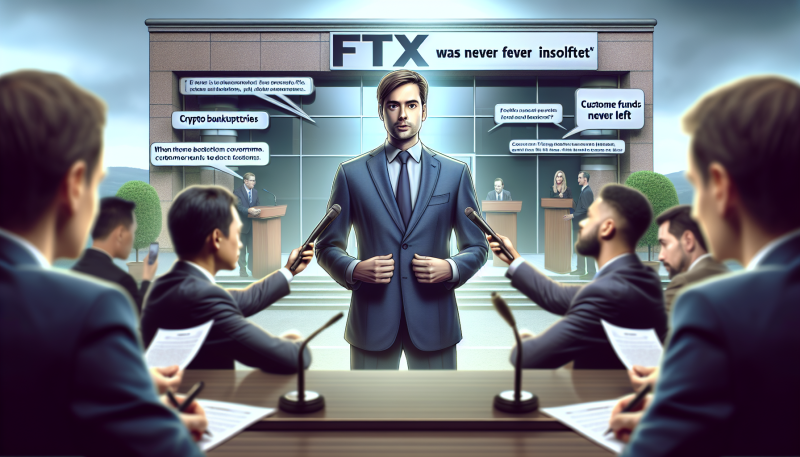What happened? Sam Bankman‑Fried says FTX was never insolvent and customer funds “never left.”
SBF released a document claiming the November 2022 collapse was a classic bank run caused by panic withdrawals, not a true balance-sheet shortfall. He argues the estate can and will pay customers between 119% and 143% of their claims, with roughly 98% already repaid and about $8 billion remaining after claims and fees. His team blames bankruptcy decisions, rushed asset sales and dollarized payouts for eroding value and denying customers upside from the market rebound.
Who does this affect? Customers, creditors, shareholders and the broader crypto ecosystem.
FTX customers and creditors are directly impacted because they are receiving dollarized petition‑date payouts instead of in‑kind crypto, which many say cost them the post‑2022 rally gains. Shareholders recover only a fraction of their investments, while liquidators, counsel and institutions involved in sales are accused of taking outsized fees and favoring certain pricing. The dispute also touches projects and token holders (like Solana, Sui and Anthropic) whose prices were hit by liquidations, and it matters to other exchanges, investors and regulators watching precedent.
Why does this matter? It could change how crypto bankruptcies are handled and shift market behavior and regulation.
If courts or markets accept SBF’s view, expectations may shift toward believing large exchange failures can still return most customer funds, altering creditor demands and recovery norms. The argument over timing of asset sales and dollarized versus in‑kind payouts can move token prices, increase scrutiny of liquidation practices and boost calls for clearer rules on fee structures and custodian responsibilities. In the short and medium term, the controversy and any legal rulings will likely affect investor confidence, volatility in distressed crypto assets, and how future insolvencies are resolved and regulated.
